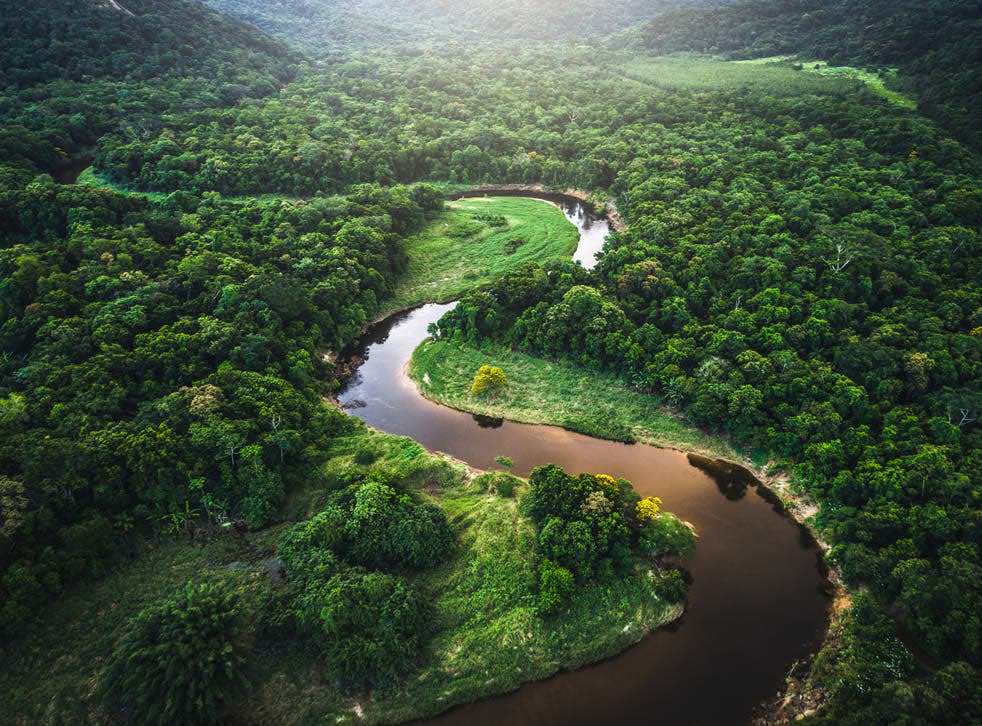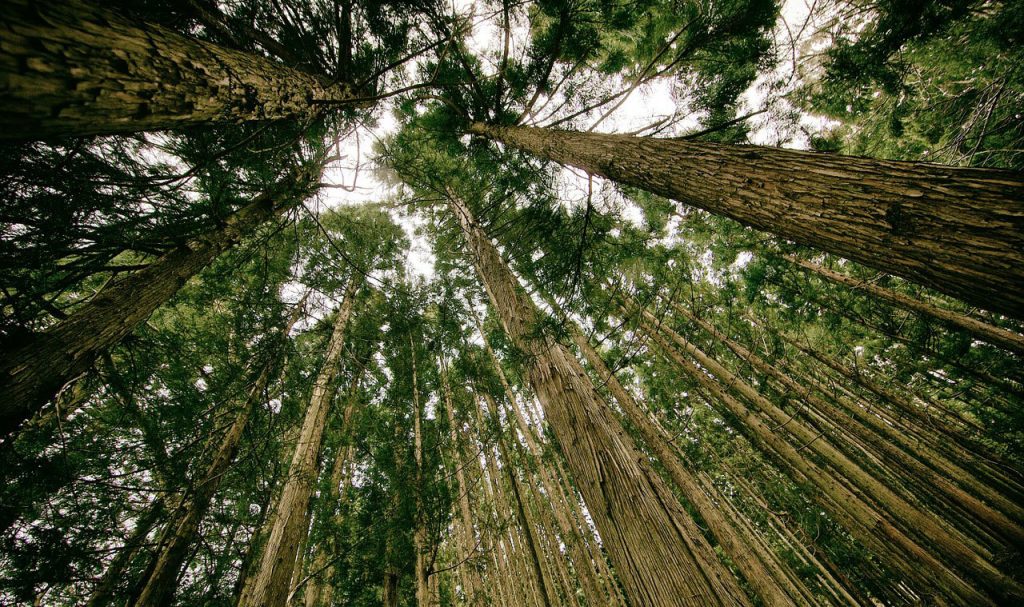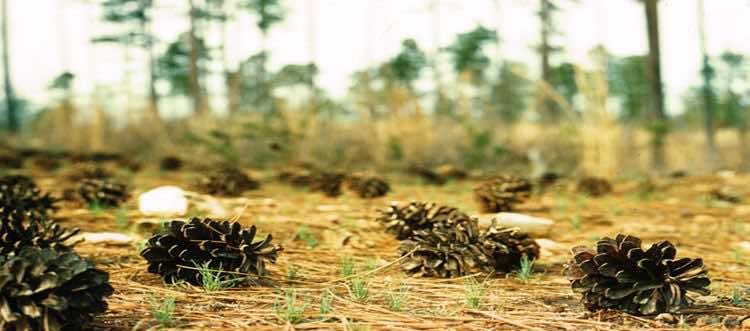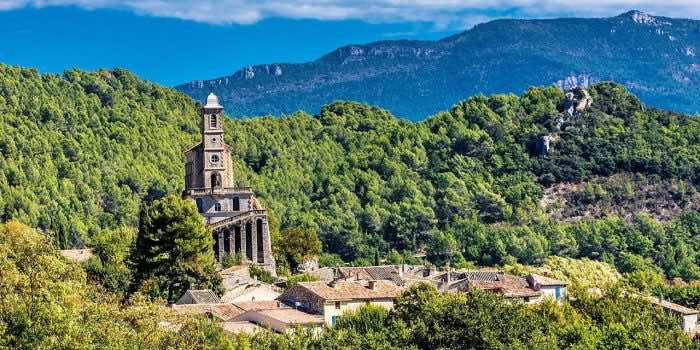The latest research on the naturally regrown forest area equaling the size of France comes in as a piece of good news for the environment and is helping in absorbing more carbon dioxide than the annually produced emissions of the US. The project is a collaboration between WWF, BirdLife International, and WCS
Spread in different parts of the world, forest area the size of France has regrown naturally over the last two decades as proven by the data taken from satellite and subsequently a map built of regenerated forests.
The research finds that the naturally regrowing greens have the potential to soak up approximately 5.9 gigatons of carbon dioxide each year. WWF used satellite data to build a map of regenerated forests that includes restoration of the natural plantation through little or zero intervention. The little such intervention includes planting native trees, fencing off livestock, or removing wild plants.
William Baldwin-Cantello, WWF Chief Advisor on Forests, said “natural forest regeneration is often “cheaper, richer in carbon and better for biodiversity than actively planted forests”. He added, “regeneration cannot be taken for granted, to avoid dangerous climate change we must both halt deforestation and restore natural forests”.

The removal of trees to make space for something besides forests have had a serious implication on our environment. Forests cover 30 percent of the earth’s land as per recent figures, and with the current trends of deforestation, that number is prone to drop. Even the earth healing itself with the naturally reoccurring forests cannot keep up with the pace of the tree cuttings across the globe.
Deforestation is mostly done for reasons including clearing the land for agriculture, using the timber for fuel, and for meeting construction and manufacturing demands. Cutting trees has had hazardous impacts on our environment, a major one is growing climate change that concerns the whole world. More tree plantation and decreased deforestation are the solutions to the problem, and many programs are funded across the globe to implement the desired change in attempts to preserve the earth for generations to come.

Earth’s self-healing since 2000
The new study takes examples including the Atlantic Forest in Brazil, The Boreal Forests of Northern Mongolia and Canada, and other major regenerations taking place in Central Africa. The natural forest regeneration in Brazil gives reasons for hope, as the area accounting for regeneration since 2000 is the size of the Netherlands. And 1.2 million hectares of forest have regrown in Northern Mongolia in the last twenty years.
A key factor contributing to natural regeneration is self-sown seeds aiding most of the natural forestation using the growth of high forests with the least human intervention, almost entirely as a part of nature’s healing process. Natural regeneration aids in creating better conditions for the growth of young plants, securing them from frost and insects, and subsequently pacing up the process of more regeneration and so on. The natural growth of the forest and its effects accounts for consuming more carbon dioxide than thought previously, as per the latest reveal.

Researchers, however, warned that forests all across the globe are facing significant threats and suggested that double the amount of forest regeneration as found in the study would meet the minimal threshold for conserving the environment. Growing emissions of carbon dioxide and other pollutants are a constant problem being faced by the modern world and are accounting for deteriorating our environment. However, a major chunk of those emissions turned to carbon dioxide could be tackled with more tree plantation and bans on forest cutting along with the natural regeneration of forests.


